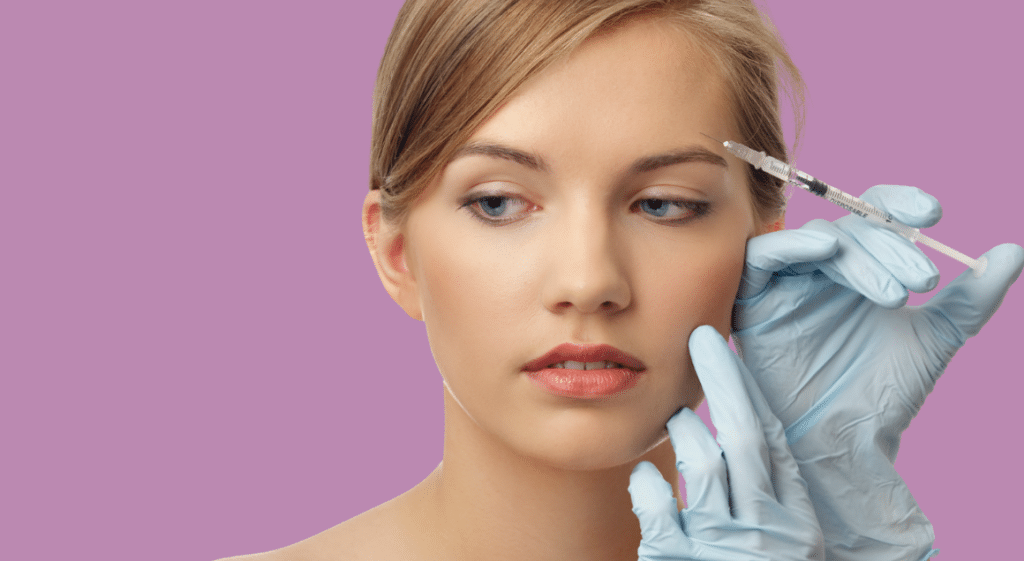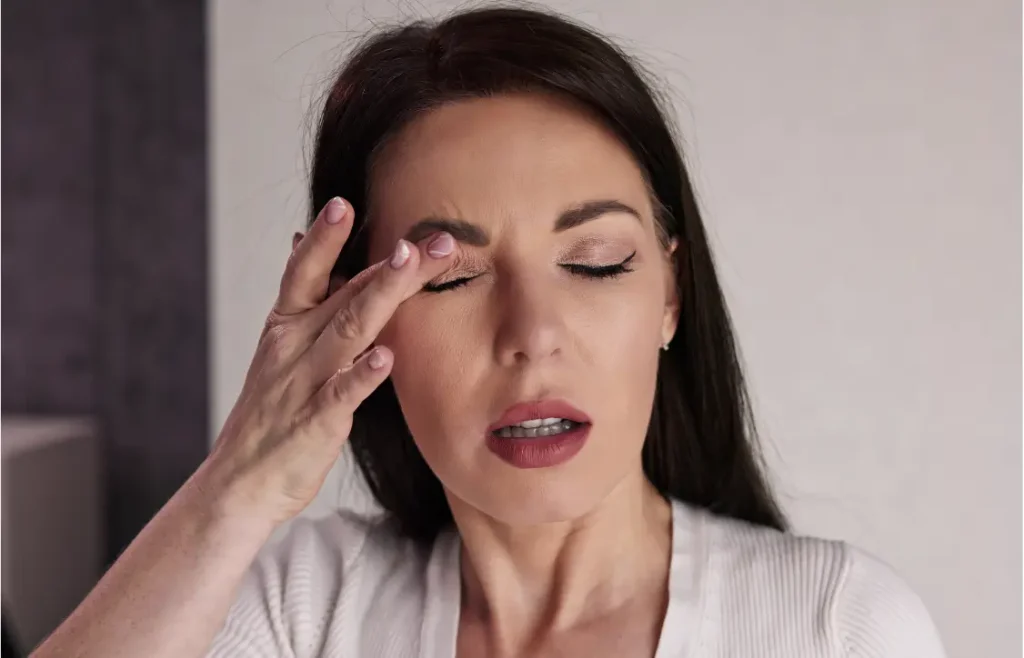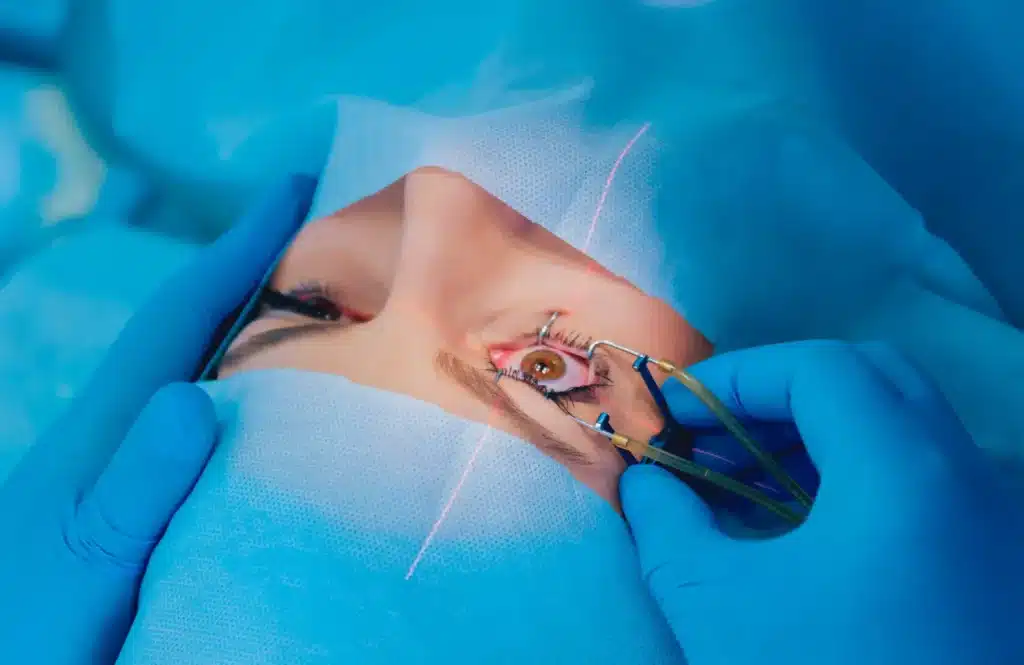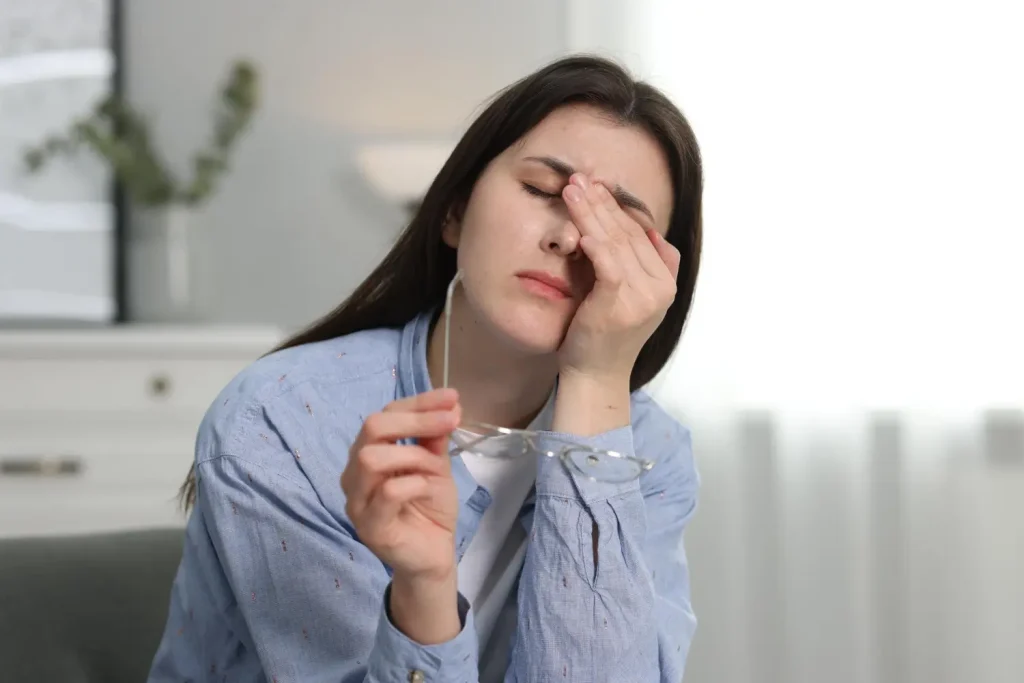According to the American Society of Plastic Surgeons, Botox has witnessed a remarkable surge in popularity, with over 7.4 million injections administered in a recent year. This growing trend highlights an increasing acceptance and a heightened bcuriosity about cosmetic procedures, particularly among first-timers.
As interest in Botox continues to rise, so does the number of individuals seeking information about what to expect before taking the plunge. Many wonder about the procedure’s safety, efficacy, and authenticity of before-and-after transformations.
This article will explore the process for Botox novices, offering a guide to the most common questions and concerns that arise before the first injection.
Key Takeaways
- Over 7.4 million Botox injections highlight its growing popularity.
- While Botox is generally safe with a skilled provider, risks and side effects can occur.
- The effects of Botox typically last between 3 to 4 months, requiring regular follow-up injections for maintenance.
- A natural appearance is achievable with precise injection techniques, allowing for the preservation of facial expressions.
- Proper preparation before and after following the procedure is vital for optimal results.
Understanding Botox: The Basics
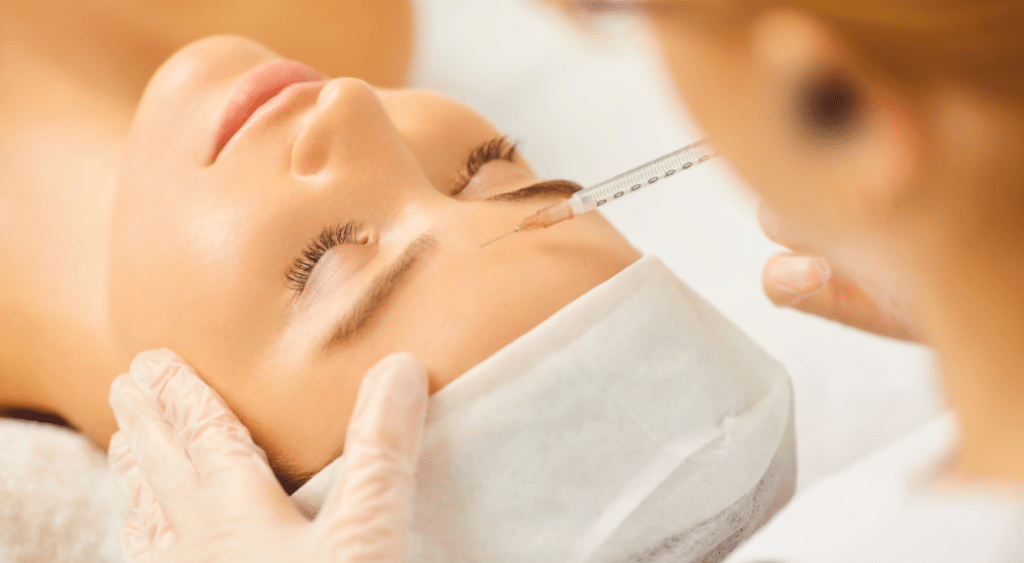
What is Botox?
Botox, also known as Botulinum toxin, is a highly potent neurotoxic protein produced by the bacterium Clostridium botulinum and related species. It prevents the release of the neurotransmitter acetylcholine from axon endings at the neuromuscular junction, causing flaccid paralysis.
Though it is known for causing botulism, Botulinum toxin is widely used in medical and cosmetic applications to reduce wrinkles and treat various muscle-related conditions.
How Does Botox Work?
Botox blocks specific chemical signals from nerves, primarily those that cause muscles to contract. This action helps relax facial muscles, reducing frown lines, crow’s feet, and wrinkles. Beyond cosmetic applications, Botox is also utilized to treat several health conditions related to muscle spasms and disorders.
Common Questions from First-Timers
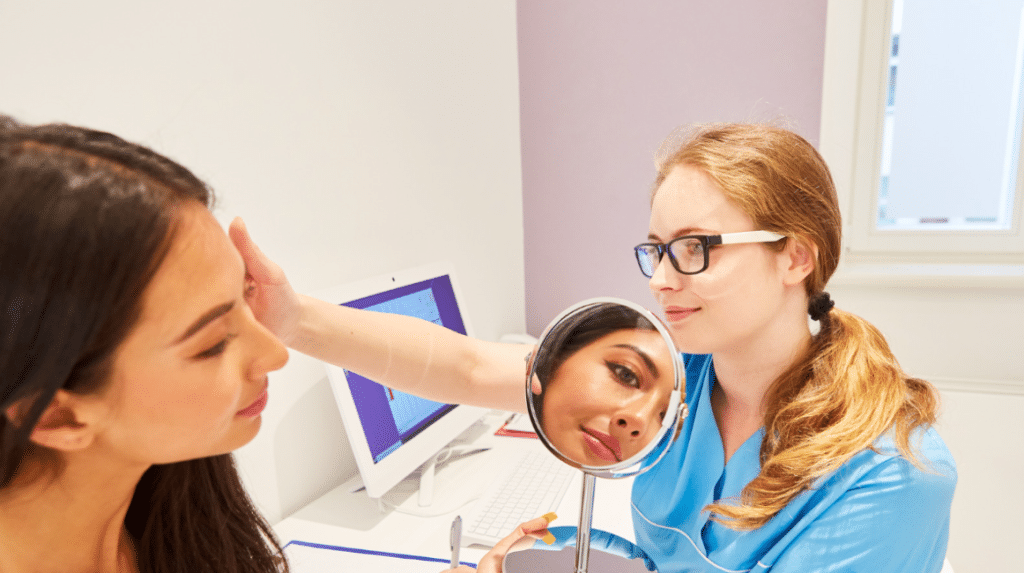
Is Botox Safe?
Botox injections are generally considered safe under the supervision of a licensed and skilled healthcare provider. However, like any medical procedure, there can be risks and potential side effects, including pain, swelling, or bruising at the injection site, flu-like symptoms, droopy eyelids, and more. Selecting your healthcare provider carefully and discussing any concerns you may have before undergoing treatmentis crucial.
How Long Does the Effect Last?
The effects of Botox injections typically begin working within 1 to 3 days after treatment, with the full impact visible within a week or more. Depending on the individual and the area treated, the results may last 3 to 4 months. Regular follow-up injections, usually spaced at least three months apart, are necessary to maintain the desired effects.
Does the Procedure Hurt?
Most individuals experience minimal pain during the Botox injection procedure. Some patients may prefer to have their skin numbed beforehand, especially for treatments on sensitive areas like the palms or soles. This can be achieved through topical anesthetic, ice, massage, or vibration anesthesia.
Can Botox Look Natural?
Yes, when administered by an experienced practitioner, Botox can look natural. The key to achieving a natural look with Botox is to inject the correct amount into precisely targeted areas. This approach can smooth out wrinkles and relax facial muscles without sacrificing the ability to express emotions, thereby avoiding an “overdone” appearance.
Preparing for Your First Botox Treatment
What to Do Before Your Appointment
There are a few preparatory steps you can take to ensure your Botox treatment goes smoothly:
- Medications and Supplements: Discuss any medications, supplements, or herbal remedies you take with your doctor. To minimize bruising, you may need to stop certain medications like aspirin, ibuprofen, and St. John’s Wort at least four days before your treatment.
- Facial Preparation: Avoid chemical peels, sun tanning, or facials shortly before your appointment. You can apply arnica topically to reduce bruising and ice your face before and after treatment.
- Plan Your Schedule: Consider scheduling your treatment when you can relax afterward and avoid significant events for a couple of weeks post-treatment to allow any potential bruising to heal.
- Exercise: Before your appointment, you should avoid physical activity for at least four hours after treatment.
What to Discuss With Your Practitioner
- Medical History: Be transparent about your medical history, any medications or supplements you’re taking, and whether you’re pregnant, trying to conceive, or breastfeeding.
- Desired Outcome: Discuss your expectations and desired outcome with your practitioner. Whether aiming for a natural look or a more noticeable difference, one must be on the same page.
The Botox Procedure: What to Expect
During the Treatment
Botox injections involve using a very fine needle to inject small amounts of the toxin into your muscles or skin. The procedure is generally quick and causes minimal discomfort. The number of injections you’ll receive depends on the treated area and your concerns.
Immediately After the Treatment
After receiving Botox, here’s what not to do:
- Avoid Touching the Treated Areas: For at least 24 hours, refrain from rubbing or massaging the treated zones to prevent the Botox from spreading to areas not intended for treatment.
- Stay Upright: Avoid lying down for 2 to 4 hours after treatment. This helps ensure the Botox remains localized to the injection site.
- Monitor for Normal Reactions: Mild bruising or redness at the injection sites is common and typically subsides independently.
Before and After: Real Insights
Typical Results to Expect
Botox effectively reduces the appearance of moderate to severe frown lines, crow’s feet, and forehead lines. Real patient examples demonstrate significant improvement in these areas, providing a smoother, more youthful appearance.
Clinical studies have shown that most adults see improvement in frown lines and crow’s feet within 7 to 30 days after treatment, with the results lasting for several months. Similarly, significant improvement in forehead lines was observed in a high percentage of adults by day 30.
Patient Testimonials and Stories
Patients often express high satisfaction with their Botox treatments, noting improvements in smile lines, crow’s feet, and forehead lines. Many choose Botox for its ability to create a more refreshed and youthful appearance without surgery. Positive testimonials highlight the expertise of practitioners, the importance of selecting a skilled injector, and the natural-looking results achieved.
Patients appreciate the tailored approach to treatment, which addresses their specific concerns while maintaining a natural look. The emotional impact is also significant, with many patients reporting boosted self-confidence and satisfaction with their appearance.
Post-Botox Care and Maintenance
Do’s and Don’ts After Your Treatment
After receiving Botox injections, it’s crucial to follow specific care instructions to ensure the best possible results:
- Do avoid rubbing or massaging the treated areas for 24 hours to prevent the toxin from spreading.
- Don’t engage in strenuous physical activity for at least 24 hours after the treatment.
- Do stay upright for several hours post-treatment; lying down too soon can cause the Botox to migrate.
- Don’t expose yourself to excessive heat or perform activities that could cause you to sweat heavily for the first 24 hours.
Adhering to these guidelines helps minimize side effects and ensures the effectiveness of the treatment.
How to Prolong Your Results
To extend the duration of your Botox results, consider the following tips:
- Maintain a healthy skincare routine that includes hydration and sun protection.
- As recommended, follow up with your practitioner to catch signs of lines returning.
- Avoid excessive sun exposure, which can accelerate skin aging and the return of wrinkles.
- Consider lifestyle factors such as diet and stress management, which can impact your skin’s health and appearance.
Regular follow-up treatments are often necessary to maintain your desired results, as Botox’s effects are temporary. Discussing a long-term treatment plan with your provider can help ensure lasting satisfaction with your Botox results.
When to Consider a Follow-Up
Assessing the Need for Additional Sessions
Follow-up sessions after your initial Botox treatment are integral to the process, especially when starting. It’s beneficial to revisit your practitioner early in your Botox journey for a review. This visit allows both you and your clinician to assess the effectiveness of the treatment, note the changes against before photographs, and adjust future treatments if necessary.
Over time, as your practitioner becomes more familiar with how your face responds to Botox, the need for follow-up appointments may diminish. However, they remain crucial whenever needed to evaluate the outcomes and make any necessary adjustments.
Signs You’re Ready for More
The timing for a follow-up or additional Botox session is when you notice the effects of your previous treatment beginning to fade. Botox results can last anywhere from three to six months. Observing when your fine lines or wrinkles reappear can help you decide when to schedule your next appointment.
It’s advised to plan your follow-up sessions before the full effects of the last treatment have worn off completely. This approach helps maintain a consistent, refreshed appearance and ensures the ongoing effectiveness of your Botox treatments.
Conclusion
Botox continues to be a sought-after cosmetic treatment for those looking to achieve a more youthful appearance, thanks to its effectiveness in reducing wrinkles and fine lines. Proper administration by experienced professionals ensures safe procedures and natural-looking results. Preparation before treatment and following care instructions afterward are crucial steps to ensure the longevity and success of Botox injections.
About: MedicalSpaRX is a one-stop shop for all your wholesale medical and cosmetic supplies, including Botox that is rigorously tested to ensure is botox safe for face applications. They offer a wide range of products, including dermal fillers, Botox, and skincare products, at competitive prices with fast shipping. Plus, they have a referral program that rewards you for introducing new customers.
FAQs
- What is Botox?
Botox is a neurotoxic protein that relaxes facial muscles, reduces wrinkles, and treats muscle-related conditions.
- Is Botox safe?
Yes, Botox is generally safe under the care of a licensed healthcare provider. However, it can have side effects like pain, swelling, or bruising at the injection site.
- How long do Botox results last?
Botox’s effects typically last 3 to 4 months, with variations depending on the individual and treated area.
- Can Botox provide a natural look?
Botox can smooth out wrinkles when administered correctly, allowing natural facial expressions and avoiding overdone appearance.
- What should I do before and after a Botox treatment?
Before treatment, discuss medications and supplements with your doctor and avoid certain activities. After treatment, avoid rubbing the injection sites and engaging in strenuous physical activities for at least 24 hours.
References
American Society of Plastic Surgeons. (n.d.). Botulinum Toxin. Retrieved from https://www.plasticsurgery.org/cosmetic-procedures/botulinum-toxin
Mayo Clinic Staff. (n.d.). Botox injections. Mayo Clinic. Retrieved from https://www.mayoclinic.org/tests-procedures/botox/about/pac-20384658
BOTOX® Cosmetic. (n.d.). Before and After. Retrieved from https://www.botoxcosmetic.com/before-and-after
Celibre Medical Corporation. (n.d.). Botox Before and After Pictures: Real Results from Real Patients. Retrieved from https://celibre.com/botox-before-after-pictures/
The Glossy Chic. (2024, January 17). When Is the Best Time to Get Botox? Retrieved from https://theglossychic.com/best-time-to-get-botox/
